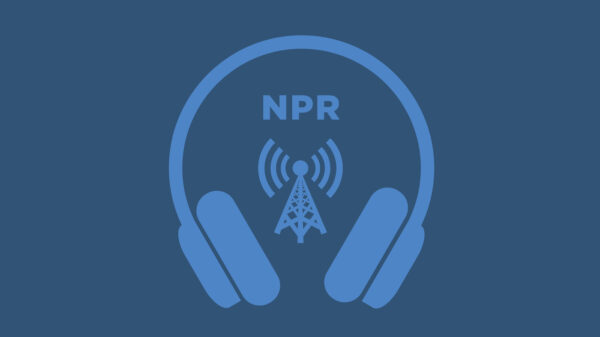When Northern Light Inland Hospital in Waterville closed in June 2023, it marked a critical juncture for rural healthcare in Maine. This closure is not just an isolated incident; it underscores a looming healthcare crisis driven by significant federal budget cuts. The implications of these changes are profound, affecting the livelihoods of residents and the viability of local healthcare services.
According to healthcare data scientist Erin Roberts-McCarthy, who has extensive experience evaluating Medicaid programs, the upcoming federal budget reconciliation law is poised to strip an estimated $5 billion from Maine’s healthcare system over the next decade. With half of Maine’s 24 rural hospitals at immediate risk of closure, the impact on communities cannot be overstated. More than 40,000 residents are projected to lose their MaineCare coverage, exacerbating an already precarious situation.
Rural Maine faces unique challenges, including workforce shortages, an aging population, and the ongoing opioid crisis. The tightening of Medicaid eligibility—requiring approximately 90,000 Maine adults to document 80 hours of work each month—will make it exceedingly difficult for many to maintain their health coverage. This is particularly concerning in regions where seasonal employment, such as in fishing and tourism, dominates.
As residents lose access to healthcare, they do not stop falling ill. Instead, they increasingly turn to emergency rooms for advanced medical care, which could have been prevented. This shift not only increases healthcare costs but also pushes struggling hospitals closer to insolvency. Maine hospitals are already facing delays in receiving MaineCare reimbursements, with some owed more than $100 million for services already rendered.
The financial strain on rural hospitals is severe; many operate with less than 30 days of cash reserves. Each closure can lead to longer travel times for emergency care, reduced availability of critical obstetric services, and the loss of jobs in communities that depend on these facilities.
The effects of federal decisions extend beyond individual hospitals. For instance, when the structure of the Centers for Disease Control and Prevention is compromised or vaccine programs are questioned, state health departments lose vital support for disease surveillance and outbreak response. When Medicaid funding is capped, states face difficult choices: cutting benefits, lowering provider payments, or raising taxes—all of which can negatively impact rural communities.
Despite these challenges, Maine is actively seeking solutions. The state is applying for funding from the Rural Health Transformation Program and exploring innovative healthcare delivery models. Yet, the foundation for these efforts relies heavily on sustained federal funding.
The consequences of cutting Medicaid are not abstract; they are very real for individuals in rural areas. It affects those who need regular treatments, such as the elderly requiring dialysis, or young people managing chronic conditions like diabetes.
It is crucial for Maine residents to communicate with their representatives in Washington D.C. About the pressing need for continued support for rural healthcare. Senators Susan Collins and Angus King, along with Representative Jared Golden, must hear from their constituents that healthcare policy directly impacts community survival.
Federal decisions shape the healthcare landscape, determining whether hospitals can remain open and whether residents have access to essential services. As healthcare professionals and community members unite to advocate for necessary funding and policy reforms, it is essential to recognize that the future of rural Maine hangs in the balance. Ensuring that voices are heard now may be the difference between survival and decline for these vital healthcare institutions.






































































